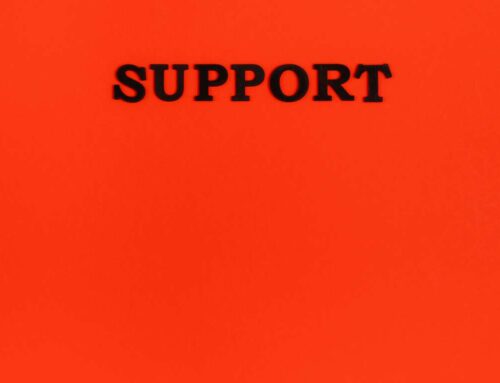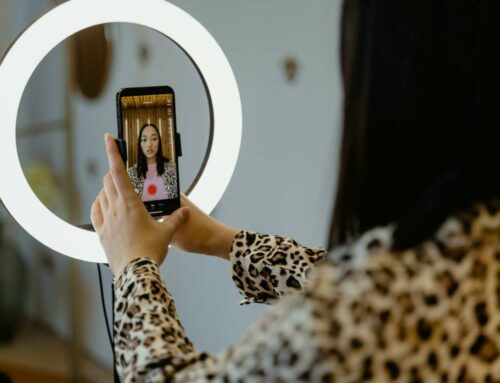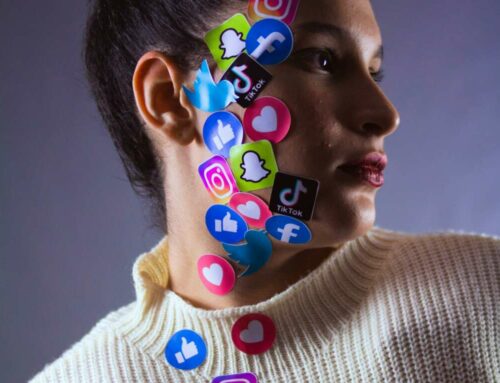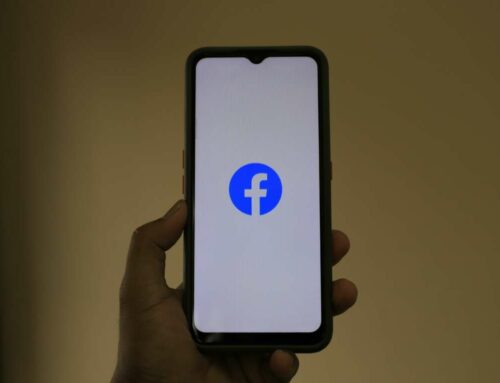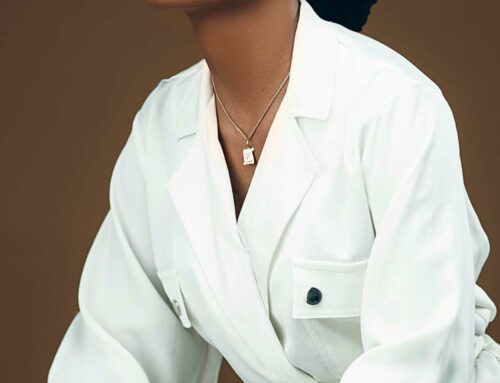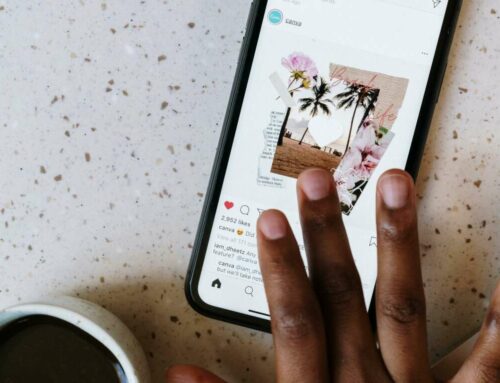
How to Create a Professional LinkedIn Header Picture
Your LinkedIn header picture serves as the first impression for potential employers, clients, and professional connections. A well-designed header can significantly enhance your profile’s appeal and make you stand out in a crowded marketplace. Here’s a comprehensive guide on how to create a professional LinkedIn header picture that resonates with your personal brand.
1. Understand LinkedIn’s Dimensions and Guidelines
Before diving into design, it’s crucial to know the optimal dimensions for your LinkedIn header picture. Currently, the recommended size is 1584 x 396 pixels. This ensures your image looks crisp and fits perfectly across various devices. You can find more information on LinkedIn’s image and video guidelines in their official resources.
2. Choose a Relevant and High-Quality Image
Your header image should reflect your professional identity. Consider the following options:
- Industry-specific imagery: Use images that relate to your field (e.g., tech, education, healthcare).
- Abstract designs: Opt for clean, modern graphics if you prefer a less direct approach.
- Your personal shield: Include images that represent your unique skills or accomplishments.
Whichever option you choose, ensure the image is high-resolution and conveys professionalism. Websites like Unsplash and Pexels offer royalty-free images that you can use.
3. Utilize Design Tools for Customization
To create a custom header, consider using design tools such as Canva or Adobe Express. These platforms offer templates specifically for LinkedIn headers, enabling you to customize colors, fonts, and layouts while maintaining a professional look. Make sure to incorporate elements like:
- Your brand colors: Use colors that align with your personal or corporate brand.
- Text overlays: Add your tagline, skills, or a brief intro, but keep it minimal to avoid clutter.
4. Ensure Accessibility and Visual Clarity
When designing your header, keep accessibility in mind. Choose colors and fonts that ensure good readability and contrast. Avoid using too many graphic elements that may distract or confuse viewers. Test how your header looks on different devices, as it should maintain clarity and definition across all formats. Resources like WAVE can help assess your design’s accessibility.


